 Fred's ImageMagick Scripts
Fred's ImageMagick Scripts
Copyright © Fred Weinhaus My scripts are available free of charge for non-commercial (non-profit) use, ONLY. For use of my scripts in commercial (for-profit) environments or non-free applications, please contact me (Fred Weinhaus) for licensing arrangements. My email address is fmw at alink dot net. If you: 1) redistribute, 2) incorporate any of these scripts into other free applications or 3) reprogram them in another scripting language, then you must contact me for permission, especially if the result might be used in a commercial or for-profit environment. Usage, whether stated or not in the script, is restricted to the above licensing arrangements. It is also subject, in a subordinate manner, to the ImageMagick license, which can be found at: http://www.imagemagick.org/script/license.php Please read the Pointers For Use on my home page to properly install and customize my scripts. |
|
Applies a color splittone effect to an image |
last modified: December 15, 2018
|
USAGE: splittone3 [-sc shadowcolor] [-hc highlightcolor] [-m mix] [-f format] [-t type] [-c compose] [-p] [-b bri] [-c con] infile outfile
-sc ... shadowcolor ...... shadow color; any opaque IM color allowed; PURPOSE: To apply a color splittone effect to an image. DESCRIPTION: SPLITTONE3 applies a color splittone effect to an image by blending shadow and highlight color. ARGUMENTS: -sc shadowcolor ... SHADOWCOLOR is the shadow color. Any opaque IM color is allowed. The default=black -hc highlightcolor ... HIGHLIGHTCOLOR is the highlight color. Any opaque IM color is allowed. The default=black -m mix ... MIX between shadow and highlight coloring. Values are integers between 0 and 100. Zero is all shadow coloring. One hundred is all highlight coloring. The default=50 (equal blend). -f format ... FORMAT the image to process. Choices are: image (leave image unchanged) or grayscale (convert image to grayscale before processing). The default=image. -t type ... TYPE of color processing. The choices are: color (solid color composition of grayscale version with image) or gradient (+level-colors composition of grayscale version with image). The default=color. -c compose ... COMPOSE method to use to combine the image and the colored grayscale image. The choices are: colorize, overlay, softlight and hardlight. The default=colorize. -p ... Preserve luminosity. -b bri ... BRI is the percent change in brightness. Values are integers between -100 and 100. The default=0 (no change) -s sat ... SAT is the percent change in saturation. Values are integers between -100 and 100. The default=0 (no change) LIMITATION: Works best for compose=colorize when using IM 6.8.5.5 or higher due to the introduction and use of colorspace HCLp. Otherwise, a quite different result will be obtained using colorspace HSL. CAVEAT: No guarantee that this script will work on all platforms, nor that trapping of inconsistent parameters is complete and foolproof. Use At Your Own Risk. |
|
Example 1 |
|
|
Original Image |
|
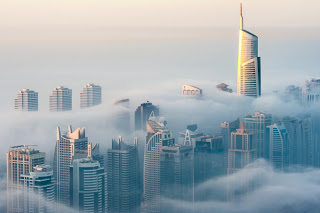
|
|
|
|
|
|
Variation in Mix |
|
|
Arguments: |
|
_hc_hsl(4.17pct,30pct,50pct)_image_color_colorize_m50_b0_s0_pno.png)
|
|
|
Arguments: |
Arguments: |
_hc_hsl(4.17pct,30pct,50pct)_image_color_colorize_m25_b0_s0_pno.png)
|
_hc_hsl(4.17pct,30pct,50pct)_image_color_colorize_m75_b0_s0_pno.png)
|
|
|
|
|
Variation in Format |
|
|
Arguments: |
Arguments: |
_hc_hsl(4.17pct,30pct,50pct)_image_color_colorize_m50_b0_s0_pno.png)
|
_hc_hsl(4.17pct,30pct,50pct)_grayscale_color_colorize_m50_b0_s0_pno.png)
|
|
|
|
|
Variation in Type |
|
|
Arguments: |
Arguments: |
_hc_hsl(4.17pct,30pct,50pct)_image_color_colorize_m50_b0_s0_pno.png)
|
_hc_hsl(4.17pct,30pct,50pct)_image_gradient_colorize_m50_b0_s0_pno.png)
|
|
|
|
|
Variation in Compose |
|
|
Arguments: |
Arguments: |
_hc_hsl(4.17pct,30pct,50pct)_image_color_colorize_m50_b0_s0_pno.png)
|
_hc_hsl(4.17pct,30pct,50pct)_image_color_overlay_m50_b0_s0_pno.png)
|
|
Arguments: |
Arguments: |
_hc_hsl(4.17pct,30pct,50pct)_image_color_softlight_m50_b0_s0_pno.png)
|
_hc_hsl(4.17pct,30pct,50pct)_image_color_hardlight_m50_b0_s0_pno.png)
|
|
|
|
|
Variation in Preserve Luminosity |
|
|
Arguments: |
Arguments: |
_hc_hsl(4.17pct,30pct,50pct)_image_color_colorize_m50_b0_s0_pno.png)
|
_hc_hsl(4.17pct,30pct,50pct)_image_color_colorize_m50_b0_s0_pyes.png)
|
|
|
|
|
Variation in Brightness |
|
|
Arguments: |
Arguments: |
_hc_hsl(4.17pct,30pct,50pct)_image_color_colorize_m50_b0_s0_pno.png)
|
_hc_hsl(4.17pct,30pct,50pct)_image_color_colorize_m50_b20_s0_pno.png)
|
|
Example 2 |
|
|
Original Image |
|
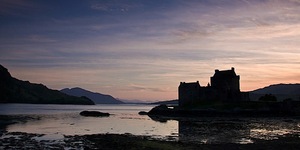
|
|
|
|
|
|
Variation in Amounts |
|
|
Arguments: |
|
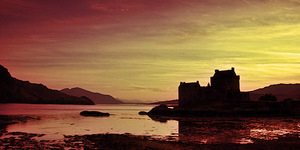
|
|
|
Arguments: |
Arguments: |
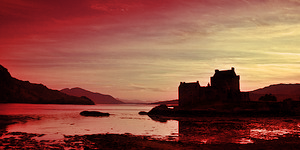
|
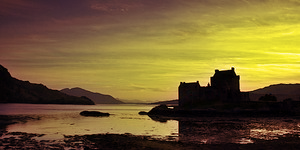
|
|
|
|
|
Variation in Format |
|
|
Arguments: |
Arguments: |

|
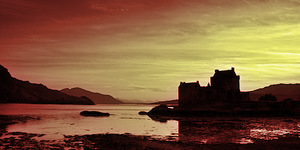
|
|
|
|
|
Variation in Type |
|
|
Arguments: |
Arguments: |

|
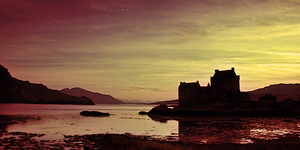
|
|
|
|
|
Variation in Compose |
|
|
Arguments: |
Arguments: |

|
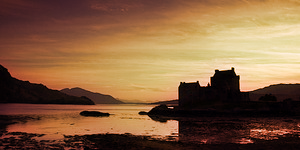
|
|
Arguments: |
Arguments: |
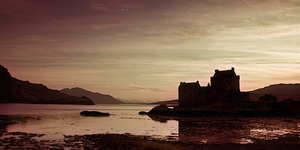
|
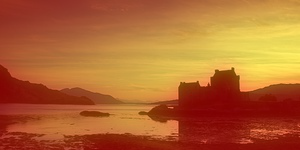
|
|
|
|
|
Variation in Preserve Luminosity |
|
|
Arguments: |
Arguments: |

|
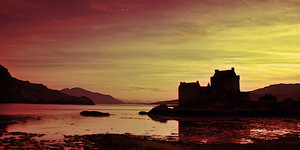
|
|
|
|
|
Variation in Brightness |
|
|
Arguments: |
Arguments: |

|
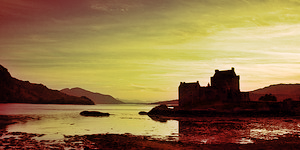
|
|
What the script does is as follows for the default case, but with user specified colors:
This is equivalent to the following IM commands:
|